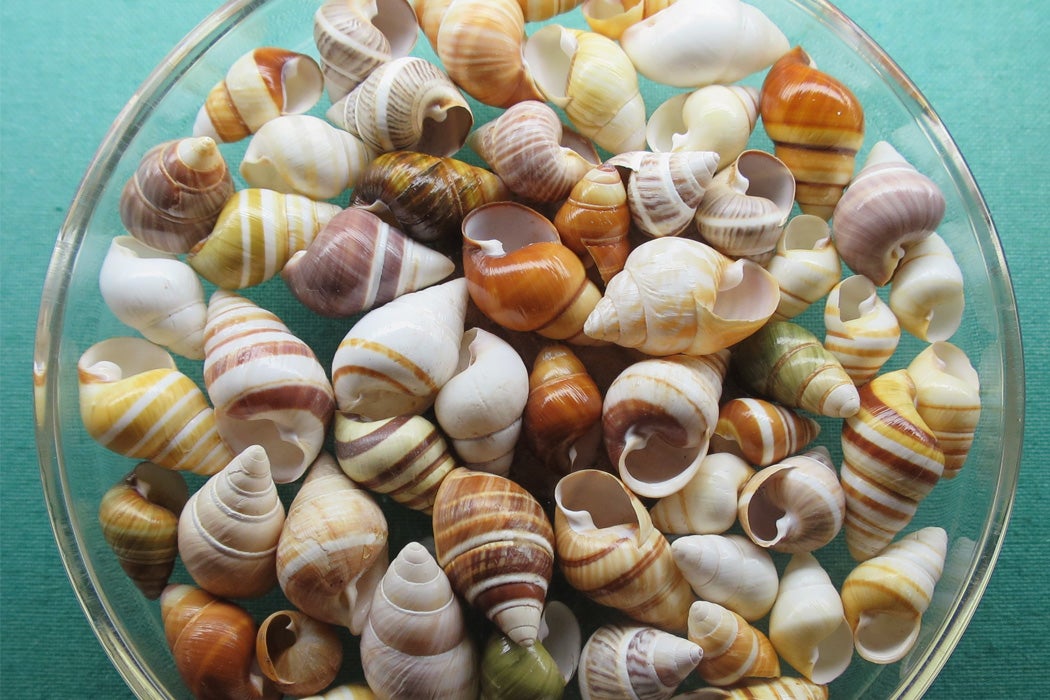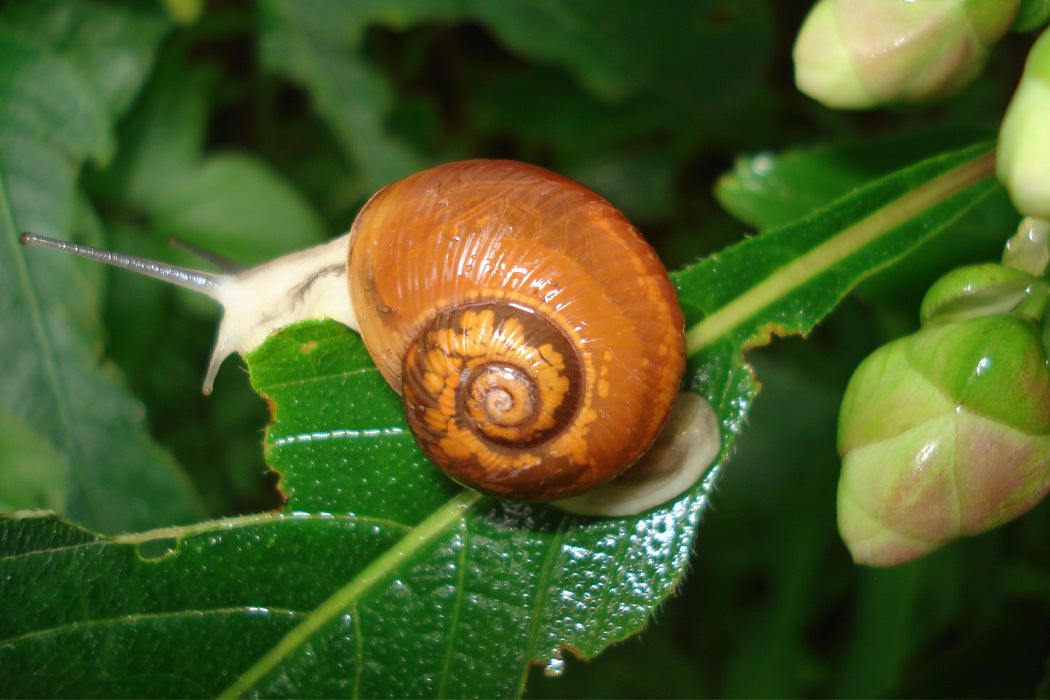The U.N. has released an exhaustive report on the state of global biodiversity, and the news is grim. Thanks to overpopulation and human activity, especially habitat modification and anthropogenic climate change, diversity of plants and animals has decreased across the board. Up to a million more species may go extinct in the coming decades. Notably, the report details how the disruption of ecosystem services is going to negatively impact humankind’s well-being if this trend is not reversed. But the situation might be even worse than the report suggests.
Writing in PNAS in 2015, biologist Claire Régnier and colleagues note that humans have a very limited and biased understanding of the sixth mass extinction. The trouble is that humans tend to pay most attention to species like terrestrial vertebrates. The U.N. report seeks to rectify this by noting the extreme damage done to the world’s oceans. But according to Régnier et al., our models are leaving many species out.
The IUCN Red List, one of the most exhaustive sources of information about threatened species, is full of mammals and birds but contains a relatively low percentage of invertebrates. Of the invertebrates, most are “popular” species such as butterflies or corals. Countless other invertebrates either have no data or aren’t listed at all.

Take land snails. Land snails appear on the IUCN list less than some more popular taxa; understudied organisms like snails tend to lack data sufficient to assess their conservation status properly. To assess their status, Régnier and colleagues scoured the literature and consulted local experts regarding 200 land snail species. Despite the limitations, the researchers were able to cobble together enough data from existing studies on land snails to still draw reliable conclusions about their extinction risk.
The researchers analyzed all the available data on the snails, and assuming that snails can speak for the other under-represented species they got their number of extinctions. They ran computer models on the snail data. Accounting for the difficulty of proving extinction, and some minor discrepancies between the computer model and the expert review, the study concluded that 10% of land snails are probably extinct. Extropolating to all understudied invertebrates, combined with known extinctions, closer to 7% of known species on Earth had been driven extinct by 2015.
Weekly Digest
If Régnier et al. are correct, then the one million species figure cited in the U.N. report is almost certainly too low. It also means that we have lost ecosystem functions that we might not even be aware of—the ecosystem as we know it might not even be functioning as it once did. Factor in even more obscure taxa, like bacteria, and the true extent of human modification to the globe is mind-boggling.







